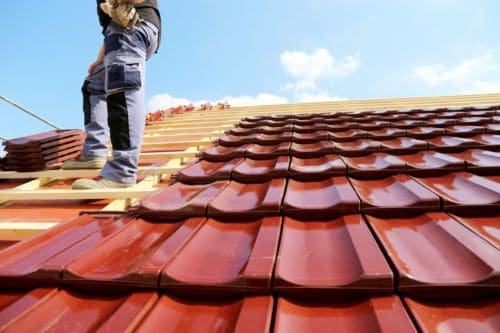Choosing the Best Roofing Contractor
Roof replacement or repair is among the more dangerous construction jobs, which is why you never want to hire a roofing contractor that hasn’t received the proper licensing and insurance. You need to be confident that the contractor you hire has all of the necessary safety equipment, materials, and tools to adequately perform the task at hand. You can separate the reputable roofing contractors from the disreputable ones by asking them if they have the right licensing and insurance for the job. The best roofing contractors like this team in North Carolina will have insurance that provides coverage to all employees who work at the company. Before you even consider hiring a roofing contractor, it’s important that they’re able to provide proof of their insurance. According to https://www.baroofers.com/gutters/ experts, another important factor to consider when attempting to choose the best roofing contractor is that you should get local contractors. Make sure that you ask your friends and neighbors about the roofing contractors that they’ve done business with in the past. Paramount Exteriors and Roofing are more familiar with local code regulations and rules, which should allow to avoid any problems during construction.
In many cases, local contractors will also have relationships with nearby suppliers and crews, which could keep costs low. roofing contractors Boston MA it’s one of the best roofing contractors in the area, you should visit their website here https://roofingbostonma.com/ and see what they offer. The Better Business Bureau focuses on the overall trustworthiness of businesses while also reporting any frauds or scams pertaining to the company in question. When you hire a roofing contractor, it’s very important that you get any financing agreements in writing before going forward with the project. In general, it’s important that every facet of the job and what it calls for is written down before you hire the contractor in question.

To keep costs down, you should cut your plywood on a scale that requires mill-sticks and then select the type of hardwood that best fits the size of your roof. It can cost between $2.00 and $6.00 per board to provide the lumbers for your project. Both plywood and lumber are rigid materials that offer great heat resistance. In the case of lumbers, if it’s the lumbers that you want, the same order should be followed as for plywood, which is “apples, oranges, and bananas.” Once you have your lumber and plywood orders in hand, it is a good idea to have your local roofing contractor bring his or her lumber on-site. This will save you both time and money. If you cannot get your local roofing contractor to bring his or her lumber on-site for you, ask if they do it for other contractors. Your local contractor should also be familiar with any applicable local safety regulations.
You can do this DIY work yourself, but I’m always a big proponent of using an energy-efficient roof. As a homeowner, there is a tremendous amount of potential savings associated with energy-efficient roofs. One of the big reasons is that when you install energy-efficient roofing, the system allows you to have your attic’s thermal mass passively cool the interior of your home instead of having to turn on and off a heat pump that you’ve bought to warm the interior. You will also save money on your electricity bill. Don’t be tempted to use simple-tab insulation in your attic if it is not energy-efficient. Using a system that provides electrical heat with a weather stripping pad underneath can be the most cost-effective choice. Insulation cannot produce heat through itself, but it does provide a passive surface, meaning that it traps heat in the attic instead of letting it dissipate outdoors.
Having insulation already installed is a good idea, but you should inspect the edges of your insulation to make sure that they are smooth. Insulation is not 100% effective, but you are better off installing it all at once and sealing the edges after installing it as opposed to trying to put it together when it is slightly leaky. Better than 1/3 of the installed interior space below your roof will be left open when you install energy-efficient roofing systems. There are no air leaks in energy-efficient roofs.


